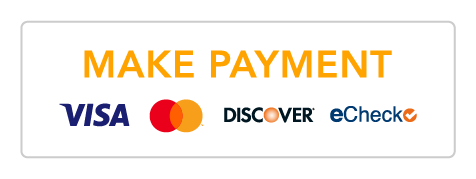The New Year is a time for new beginnings. It also provides an opportunity to examine our commitment to our goals. Whether you would like to ditch some bad habits or improve your financial health, the beginning of 2022 is a great time to consider financial New Year’s resolutions. Here are four resolutions that we think are worthwhile.
Budget and Plan
Putting together a financial plan should be your top priority. Having a clear picture of your income, expenses, debts and investments is an important part of financial analysis and establishing financial health. Listing and itemizing your total debt situation is helpful for you to see and stay aware of your full picture and act if needed. Determine how much you can realistically afford to pay towards debt during the year. When you know your monthly inflows and outflows, establishing a budget will help to keep you accountable and prioritize what is most important to you. A financial advisor can help you create a budget as part of your broader plan.
Goal setting is an important second step when creating your financial plan. Jot down one or two goals while looking at your monthly finances. These can be small goals like setting aside a small amount of money each month for your dream vacation, a down payment on a home or your children’s education fund. Consider examining specific items like your eating-out budget and your annual subscription fees. These may feel like small actions, but they can add up quickly in a year’s time.
If you struggle with saving and you need a solution to make money less tempting to spend so you can accomplish your goals, then have a portion of your paycheck automatically deposited into a separate savings account. There’s a reason the saying is “Out of sight, out of mind.”
Review your Retirement Savings
Recently, the IRS announced changes to the 401(k) limit that will make it possible to save more money for retirement. Beginning in 2022, the contribution limit for an employee that participates in 401(k), 403(b), and most 457 plans increased $1,000. The limit in 2022 is now $20,500, up from 2021’s limit of $19,500. If you were contributing the maximum in 2021 and want to continue doing this in 2022, you will want to review and adjust your contributions to take full advantage of the higher limit.
Have you changed jobs recently? If you have retirement accounts from previous jobs floating around, consider consolidating them. You can transfer these funds into your current employer’s 401(k) or roll them over into an individual retirement account (IRA).
Analyze your Insurance
If you landed a promotion or if your home appreciated in value in 2021, you may have more to protect today than you did at the beginning of the year. Life insurance ensures that you can protect your family if your life circumstances change. Insurance can have multiple functions depending on your age and your current status in life. Most insurance agents don’t have information on your full financial picture and they’re trying to sell you specific products. However, working with your independent financial advisor to secure life and long-term care insurance can ensure you’re covered – but not over-insured – for your life ahead.
Look at your home, auto and life insurance policies to ensure they still meet your needs. Make sure you have enough coverage and check to see if you need to adjust your deductibles. It’s important to reevaluate your insurance policies to make sure you’re properly insured, and you aren’t paying too much for them.
Establish a 529 Plan
The cost of higher education continues to rise and can exceed $100,000 per child in some cases. If your kids are debt-free when they graduate, they may end up starting their working lives in a better financial position than many of their peers.
A 529 plan is a tax-advantaged savings plan designed to encourage saving for future education costs. 529 plans are college savings accounts that are exempt from federal taxes and are legally known as “qualified tuition plans.” They are sponsored by states, state agencies, or educational institutions and are authorized by Section 529 of the Internal Revenue Code. These accounts can be used for qualified education expenses which could include not just college but tuition for a private school as well.
Do Not Stress the Number on the Scale!
Be cautious about setting unrealistic goals. Set attainable goals and consistently remind yourself why you made the resolution in the first place. Consider keeping a checklist of your goals so you can track your progress during the year and always review your goals and objectives with your financial advisor.
Don’t hesitate to reach out to us to discuss your next steps for getting financially fit.


